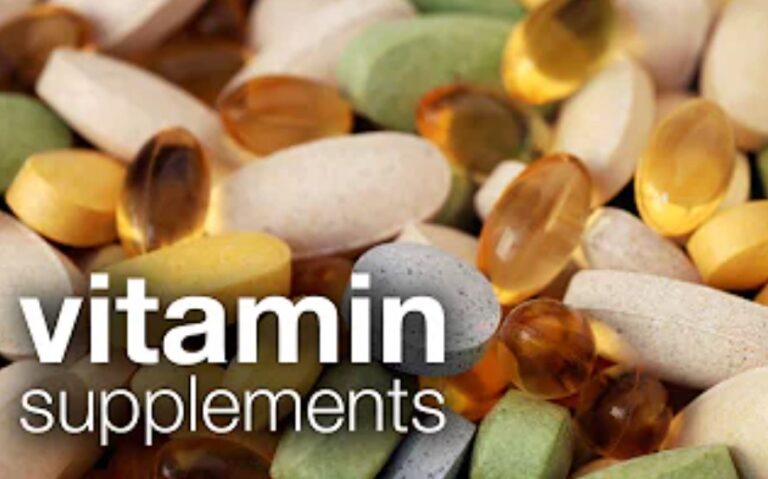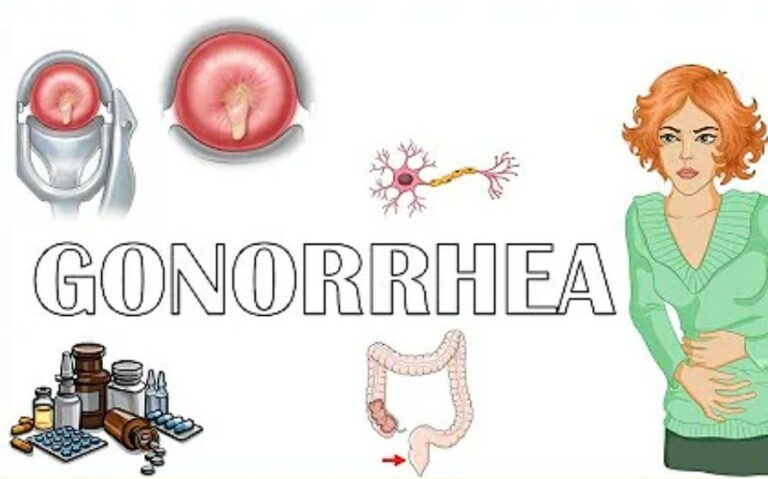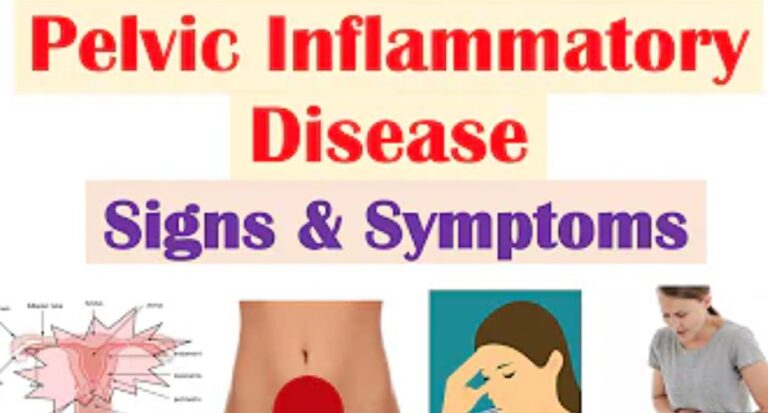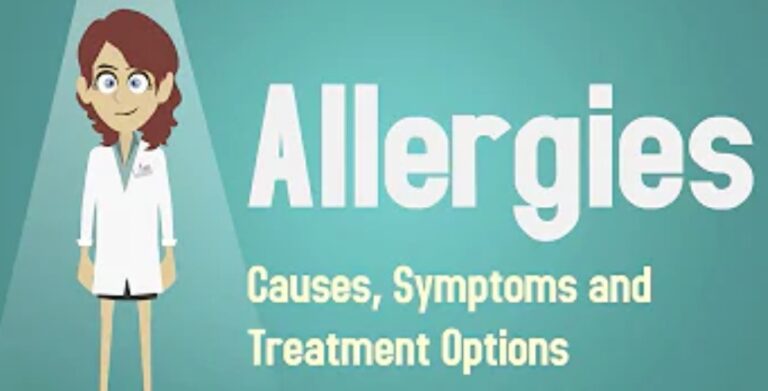Sildenafil For Erectile Dysfunction, Side Effects, Dosage And Warning
What is Sildenafil?
Sildenafil is a type of medication called phosphodiesterase (PDE) inhibitor and is a medication used to treat erectile dysfunction and pulmonary arterial hypertension. source Wikipedia

Molecular mechanisms of the effects of sildenafil
The physiologic mechanism of the erection of the penis involves the release of nitric oxide (NO) in the corpus cavernosum during sexual stimulation. Nitric oxide ( NO ) then activates the enzyme guanylate cyclase, which results in increased levels of cyclic guanosine monophosphate (cGMP), producing smooth muscle relaxation in the corpus cavemosum and allowing the inflow of blood. Sildenafil has no direct relaxant effect on isolated human corpus cavernosum but enhances the effect of nitric oxide (NO) by inhibiting phosphodiesterase type 5 (PDE5), which is responsible for the degradation of cGMP in the corpus cavernosum.
When sexual stimulation causes the local release of nitric oxide (NO), inhibition of PDE5 by sildenafil causes increased levels of cGMP in the corpus cavernosum, resulting in smooth muscle relaxation and inflow of blood to the corpus cavemosum. Sildenafil at recommended doses has no effect in the absence of sexual stimulation.
Pharmacokinetics of sildenafil after oral doses
Sildenafil is rapidly absorbed after oral administration, with absolute bioavailability of about 40% Peak plasma concentrations are attained within 30 to 120 minutes; the rate of absorption is reduced when Sildenafil is administered with food.
Sildenafil is widely distributed into tissues and is approximately 96 % bound to plasma proteins. It is metabolized in the liver primarily by Cytochrome P450 isoenzymes CYP3A4 ( the major route ) and CYP2C9. The major metabolite. N-desmethyl- sildenafil, also has some activity. The terminal half-lives of Sildenafil and the N – desmethyl metabolite are about 4 hours, Sildenafil is excreted, predominantly as metabolites, in the faces, and to a lesser extent the urine. Clearance may be reduced in the elderly and in patients with hepatic or severe renal impairment.
Consistent with its known effects on the nitric oxide / cGMP pathway, Sildenafil was shown to potentiate the hypotensive effects of nitrates, and its administration to patients who are using organic nitrates, either regularly and/or intermittently, in any form is therefore contraindicated.
Dosage And Direction For Usage of Sildenafil
For most patients, the recommended dose is 100 mg taken, as needed, approximately 1 hour before sexual activity. However, Sildenafil may be taken anywhere from 4 hours to 0.5 hours before sexual activity
What should you avoid when taking sildenafil?
Warnings
There is a potential for cardiac risk of sexual activity in patients with preexisting cardiovascular disease. Therefore, treatments for erectile dysfunction, including Vega Asia 100 or Viagra, should not be generally used in men for whom sexual activity is inadvisable because of their underlying cardiovascular status.
Sildenafil has systemic vasodilatory properties that resulted in transient decreases in supine blood pressure in healthy volunteers ( mean maximum decrease of 8.4 / 5.5 mmHg ). While this normally would be expected to be of little consequence in most patients, before prescribing Sildenafil, physicians should carefully consider whether their patients with underlying cardiovascular disease could be affected adversely by such vasodilatory effects, especially in combination with sexual activity.
Patients with the following underlying conditions can be particularly sensitive to the actions of vasodilators including Vega Asia 100 or Viagra and others – those with left ventricular outflow obstruction ( e.g. aortic stenosis, idiopathic hypertrophic subaortic stenosis ) and those with severely impaired autonomic control of blood pressure.
- There are no controlled clinical data on the safety or efficacy of Sildenafil in the following groups; if prescribed, this should be done with caution.
- Patients who have suffered a myocardial infarction, stroke, or life-threatening arrhythmia within the last 6 months
- Patients with resting hypotension (BP < 90/50) or hypertension (BP > 170/110);
- Patients with cardiac failure or coronary artery disease causing unstable angina;
- Patients with retinitis pigmentosa (a minority of these patients have genetic disorders of retinal phosphodiesterases).
In the event of an erection that persists longer than 4 hours, the patient should seek immediate medical assistance. If priapism is not treated immediately, penile tissue damage and permanent loss of potency could result.
The concomitant administration of the protease inhibitor ritonavir substantially increases serum concentrations of sildenafil (11-fold increase in AUC). If Sildenafil is prescribed to patients taking ritonavir, caution should be used. Data from subjects exposed to high systemic levels of sildenafil are limited.
Visual disturbances occurred more commonly at higher levels of sildenafil exposure. Decreased blood pressure, syncope, and prolonged erection were reported in some healthy volunteers exposed to high doses of sildenafil (200-800 mg). To decrease the chance of adverse events in patients taking ritonavir, a decrease in sildenafil dosage is recommended






